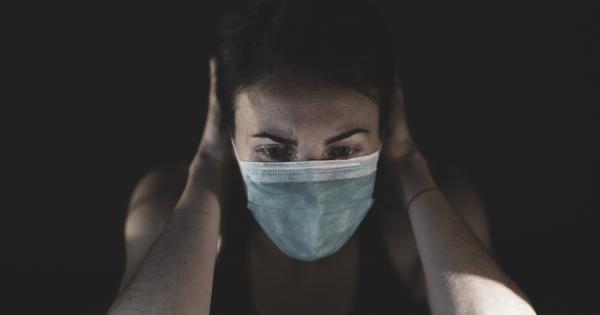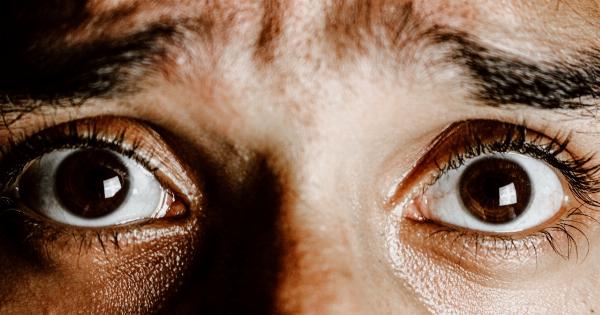Panic attacks can be a scary and overwhelming experience. The sudden onset of intense fear or discomfort can leave you feeling out of control and can even lead to physical symptoms like chest pain, sweating, and shortness of breath.
If you suffer from panic attacks, know that you are not alone. According to the Anxiety and Depression Association of America, an estimated 2-3% of Americans experience panic disorder in a given year.
What is a Panic Attack?
A panic attack is a sudden surge of intense fear or discomfort that reaches a peak within minutes and can last up to half an hour.
It is often accompanied by physical symptoms like sweating, trembling, increased heart rate, shortness of breath, and chest pain. Panic attacks can occur unexpectedly or can be triggered by certain situations or objects.
Understanding Panic Disorder
Although anyone can experience a panic attack, panic disorder is diagnosed when a person has recurrent panic attacks and feels anxious about having another attack.
The fear of future attacks can also cause a person to avoid certain situations or activities, impacting their daily life. Many people with panic disorder also experience other anxiety disorders or depression.
Exploring Treatment Options
If you suffer from panic attacks or panic disorder, it is important to seek professional help. Treatment options include therapy, medication, or a combination of both.
Cognitive-behavioral therapy (CBT) is a popular treatment option that focuses on changing negative thoughts and behaviors related to panic attacks. Medications like SSRIs and benzodiazepines may also be prescribed by a doctor to help manage symptoms.
The Power of Mindfulness
In addition to seeking professional help, there are also lifestyle changes you can make to help manage panic attacks. One of these is practicing mindfulness.
Mindfulness is the practice of being present in the moment and fully engaged in your experience without judgment. It has been shown to help reduce symptoms of anxiety and depression, including panic attacks.
A few ways to incorporate mindfulness into your daily life include:.
- Mediation – spend 10-15 minutes each day in quiet meditation, focusing on your breath and being present in the moment.
- Body scan – take a few minutes to scan your body from head to toe, noticing any areas of tension or discomfort.
- Grounding techniques – focus on your senses and use them to bring you back to the present moment. For example, notice the sounds around you, the feeling of your feet on the ground, or the scent of a favorite candle.
The Role of Exercise
Regular exercise has also been shown to help manage symptoms of anxiety and panic attacks. Exercise releases endorphins, which are natural mood boosters, and also helps reduce tension and muscle stiffness.
Aim for at least 30 minutes of moderate exercise each day, like brisk walking or yoga.
Breathing Techniques
Finally, deep breathing techniques can also help manage panic attacks. When we feel anxious, our breathing often becomes shallow and rapid, which can exacerbate symptoms. Taking deep, slow breaths can help calm our nervous system and reduce symptoms.
A few breathing techniques to try include:.
- Box breathing – inhale for four counts, hold for four counts, exhale for four counts, and hold for four counts. Repeat for several minutes.
- Belly breathing – place a hand on your stomach and inhale deeply, feeling your stomach rise. Exhale slowly through your mouth. Repeat for several breaths.
- Counted breathing – inhale to the count of four, hold for the count of seven, and exhale for the count of eight. Repeat for several breaths.
Conclusion
Panic attacks can be a frightening experience, but they are treatable.
By seeking professional help and making lifestyle changes like practicing mindfulness, exercising regularly, and using breathing techniques, you can start to manage your symptoms and find peace.


























